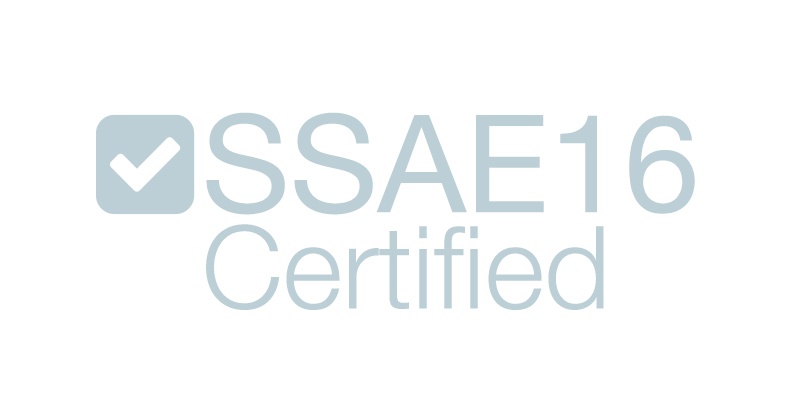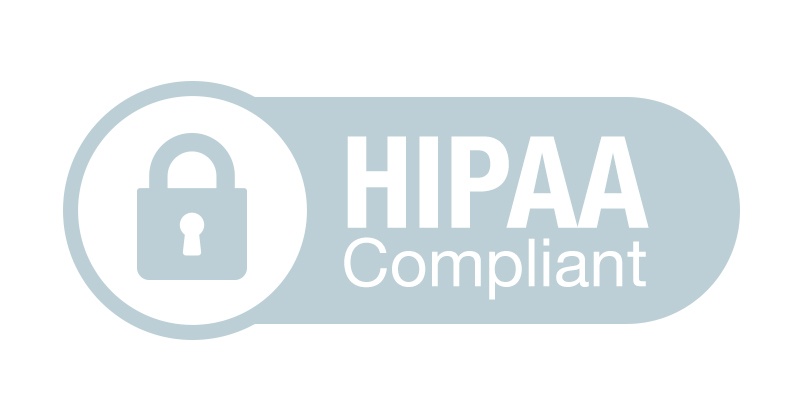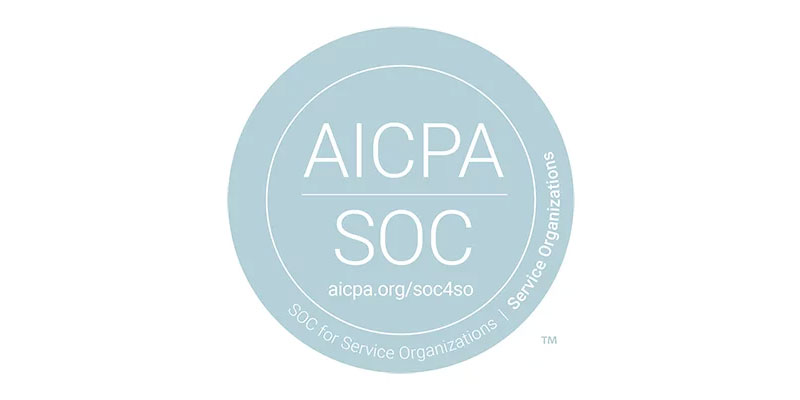Direct marketing—also known as direct response marketing—is a method of communicating sales messages directly to customers, with the intent of receiving a measurable response. The term originated in the 1940s and '50s with direct mail as a way to distinguish it from other forms of advertising that didn’t provide customers with a call to action (CTA) or way to respond.
Marketing has evolved considerably since then, creating a wide spectrum of response types that can make the exact definition of direct marketing unclear, but the same principles originally giving the term life are still at work today.
Below is an overview of how direct marketing started, its evolution to the present day, and best practices that can be used in any direct marketing campaign.
Direct Mail: The Original Direct Marketing
The term “direct marketing” originated as a means of distinguishing marketing methods that provide customers a way to respond from those that didn’t. For example, many direct mail packages would include a message with a direct call to action to make a purchase and a reply envelope to do so right away. This contrasted with television or radio advertisements often containing more general messages meant to improve awareness of a brand or service.
The difference between these marketing channels was typically characterized by the ability to measure results or impact. For example, if you sent 1,000 direct response mail packages and received 100 responses with orders for a product, you’d know you achieved a 10% response rate and could calculate a specific return on investment. On the other hand, even if 1,000 people heard a radio advertisement and 100 went to a store to purchase a product as a result, it would be very hard to measure the exact impact of that specific campaign.
This high degree of measurability enabled marketers to test and optimize campaigns as well, which made direct marketing more popular. Instead of creating entirely new concepts for each campaign, it was possible to change one small element, such as a picture, color, or snippet of copy, and see the direct impact on profitability. This often made direct marketing a better investment over time, and helped it take off as a practice.
For many years, direct mail made up the lion’s share of direct response marketing, and for that reason the two have become almost synonymous. Even today, many marketers—especially those who work in the direct mail industry—use the two interchangeably.
Modern Direct Marketing
Fast forward to the present day, and marketing has evolved, with many marketing channels offering detailed ways to measure responses. Even television—once a type of media that provided only lackluster tracking capabilities—can now connect advertisers to customers at a household level while providing robust measurement options.
Other types of online marketing fall somewhere on the spectrum of direct marketing, based on their varying response options. For example, Google or Facebook ads typically take users to a landing page or online store before prompting them to purchase anything, so there is a layer of insulation between users and the response. However, these methods are highly trackable, and often drive immediate response through the landing pages. Similarly, emails and texts are often held up as examples of modern-day direct marketing, but these also send users to a landing page or other digital asset before conversion.
Each of these modern platforms or developments have made the exact definition of direct marketing a bit more ambiguous. As a general rule, it’s safe to refer to any media that has an immediate call to action, a clear path to conversion, and a way to track revenue, as direct marketing.
Components of a Winning Direct Marketing Campaign
Regardless of advertising medium or format, there are several components that every direct marketing campaign should contain. Each will help ensure the campaign appeals to prospects, creates a positive marketing ROI, and is an overall success:
Tracking Method
As we discussed earlier, the best direct marketing campaigns are easily trackable. Technically you can create a marketing campaign with a direct call to action on any medium (e.g. radio stations that tell you to call and say a specific word for a special discount), but that’s a creative use of an inefficient direct response medium. The best direct response campaigns have tracking and response capabilities built into the core functionality, such as a reply envelope, or online form.
Clear Call to Action
Every high-performing direct response campaign should have a clear call to action that prompts recipients to convert. The path should be straightforward and result in an action that drives a measurable business outcome.
Measurable Business Outcomes
Each campaign should provide a distinct business outcome that can be measured and improved upon. Usually, the outcome traces back to return on investment, though it’s also important to measure secondary performance metrics like response rate or average customer purchase value.
An Appealing Offer
Every winning direct response campaign is powered by a great offer that is irresistible to the target audience. A great rule of thumb is that your offer is responsible for 40% of your campaign’s success, so it’s important to create one that aligns well with your target audience.
If your campaign contains these four elements, you can be sure you’re running a true direct response campaign, and your chances of success will increase dramatically.
At the end of the day, direct marketing—though often associated with direct mail marketing—refers to an approach to marketing, not a specific medium. Many forms of media can utilize this approach, but they need to contain the right characteristics and offer an ability to impact a company’s bottom line.










